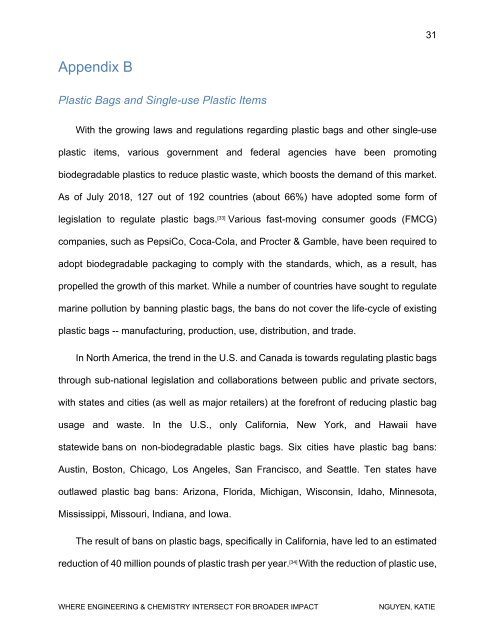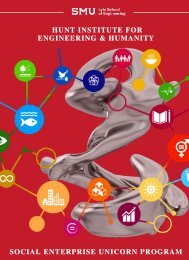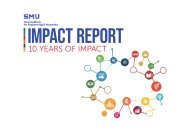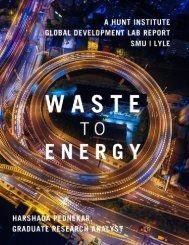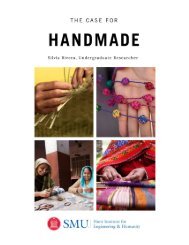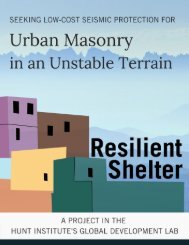Where Engineering & Chemistry Intersect for Broader Impact
Currently, many biodegradable products in the market are bio-based, such as polysaccharides, proteins, and lipids, and are focused on conventional plastic applications. This approach to production of biodegradable plastics, however, is facing mounting challenges due to high cost, weaker performance, and environmental issues. In addition, several biodegradable plastics have proven to break down quickly under specific, simulated environmental conditions, but they may not be effectively degradable under natural conditions. As a result of these challenges and many more, there exists a gap in the market. Our Project Affiliates, Dr. Son and Dr. Krueger, aim to bridge this gap by pursuing a biodegradable plastic that better addresses the aforementioned challenges, investigating a prototype plastic with predictable degradation and mechanical properties. In the spirit of interdisciplinary innovation, they seek to develop a joint chemical and engineering approach to biodegradable plastics for broader impact.
Currently, many biodegradable products in the market are bio-based, such as polysaccharides, proteins, and lipids, and are focused on conventional plastic applications. This approach to production of biodegradable plastics, however, is facing mounting challenges due to high cost, weaker performance, and environmental issues. In addition, several biodegradable plastics have proven to break down quickly under specific, simulated environmental conditions, but they may not be effectively degradable under natural conditions. As a result of these challenges and many more, there exists a gap in the market.
Our Project Affiliates, Dr. Son and Dr. Krueger, aim to bridge this gap by pursuing a biodegradable plastic that better addresses the aforementioned challenges, investigating a prototype plastic with predictable degradation and mechanical properties. In the spirit of interdisciplinary innovation, they seek to develop a joint chemical and engineering approach to biodegradable plastics for broader impact.
You also want an ePaper? Increase the reach of your titles
YUMPU automatically turns print PDFs into web optimized ePapers that Google loves.
31<br />
Appendix B<br />
Plastic Bags and Single-use Plastic Items<br />
With the growing laws and regulations regarding plastic bags and other single-use<br />
plastic items, various government and federal agencies have been promoting<br />
biodegradable plastics to reduce plastic waste, which boosts the demand of this market.<br />
As of July 2018, 127 out of 192 countries (about 66%) have adopted some <strong>for</strong>m of<br />
legislation to regulate plastic bags. [33] Various fast-moving consumer goods (FMCG)<br />
companies, such as PepsiCo, Coca-Cola, and Procter & Gamble, have been required to<br />
adopt biodegradable packaging to comply with the standards, which, as a result, has<br />
propelled the growth of this market. While a number of countries have sought to regulate<br />
marine pollution by banning plastic bags, the bans do not cover the life-cycle of existing<br />
plastic bags -- manufacturing, production, use, distribution, and trade.<br />
In North America, the trend in the U.S. and Canada is towards regulating plastic bags<br />
through sub-national legislation and collaborations between public and private sectors,<br />
with states and cities (as well as major retailers) at the <strong>for</strong>efront of reducing plastic bag<br />
usage and waste. In the U.S., only Cali<strong>for</strong>nia, New York, and Hawaii have<br />
statewide bans on non-biodegradable plastic bags. Six cities have plastic bag bans:<br />
Austin, Boston, Chicago, Los Angeles, San Francisco, and Seattle. Ten states have<br />
outlawed plastic bag bans: Arizona, Florida, Michigan, Wisconsin, Idaho, Minnesota,<br />
Mississippi, Missouri, Indiana, and Iowa.<br />
The result of bans on plastic bags, specifically in Cali<strong>for</strong>nia, have led to an estimated<br />
reduction of 40 million pounds of plastic trash per year. [34] With the reduction of plastic use,<br />
WHERE ENGINEERING & CHEMISTRY INTERSECT FOR BROADER IMPACT<br />
NGUYEN, KATIE


